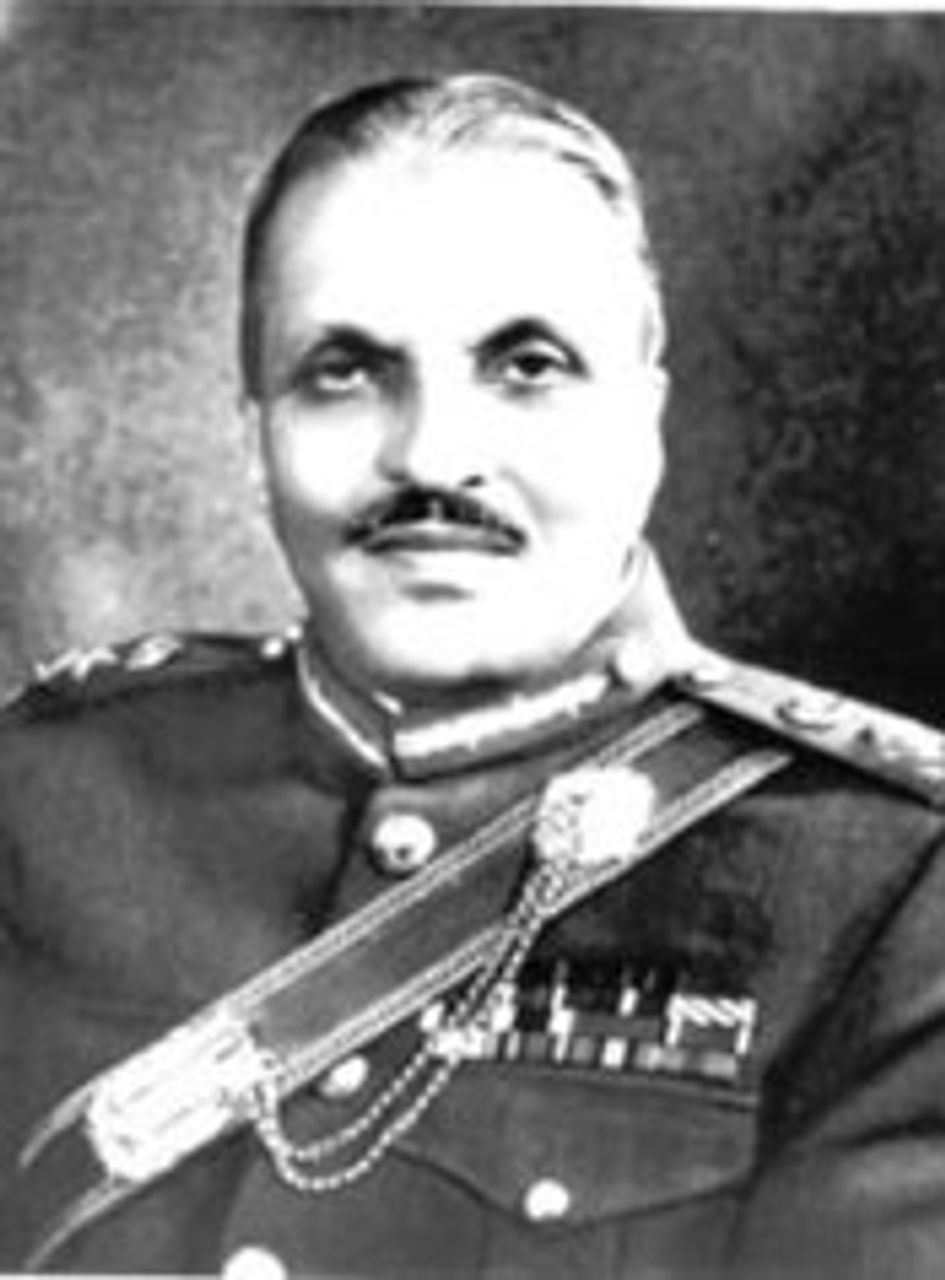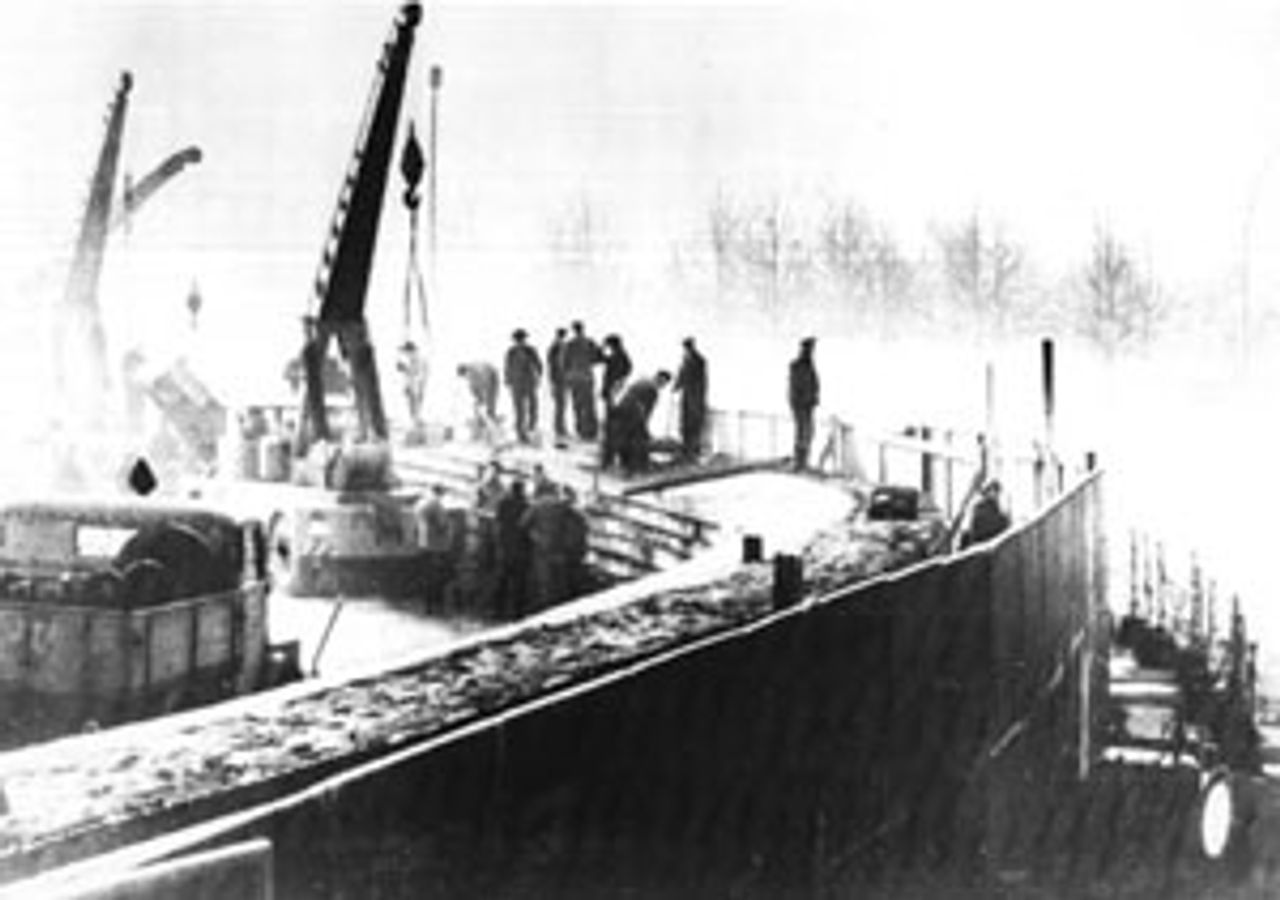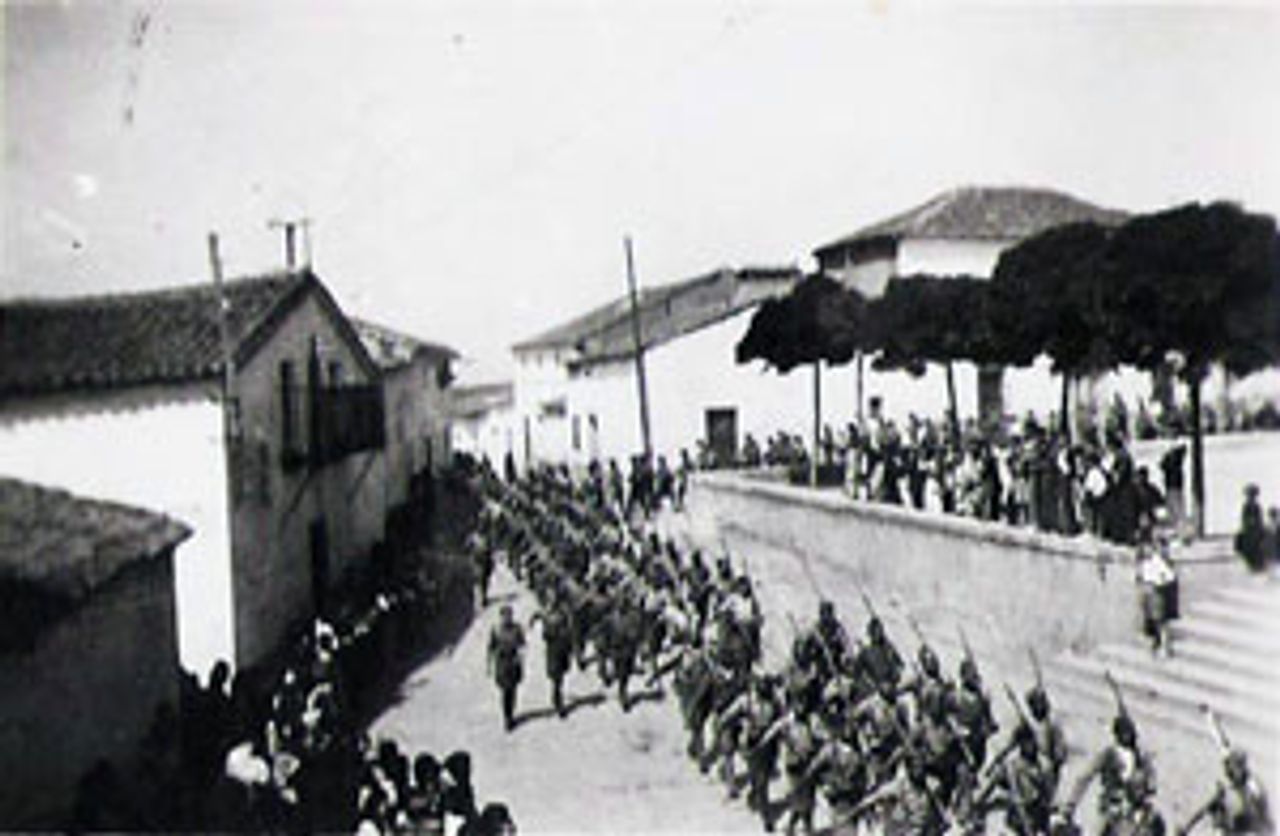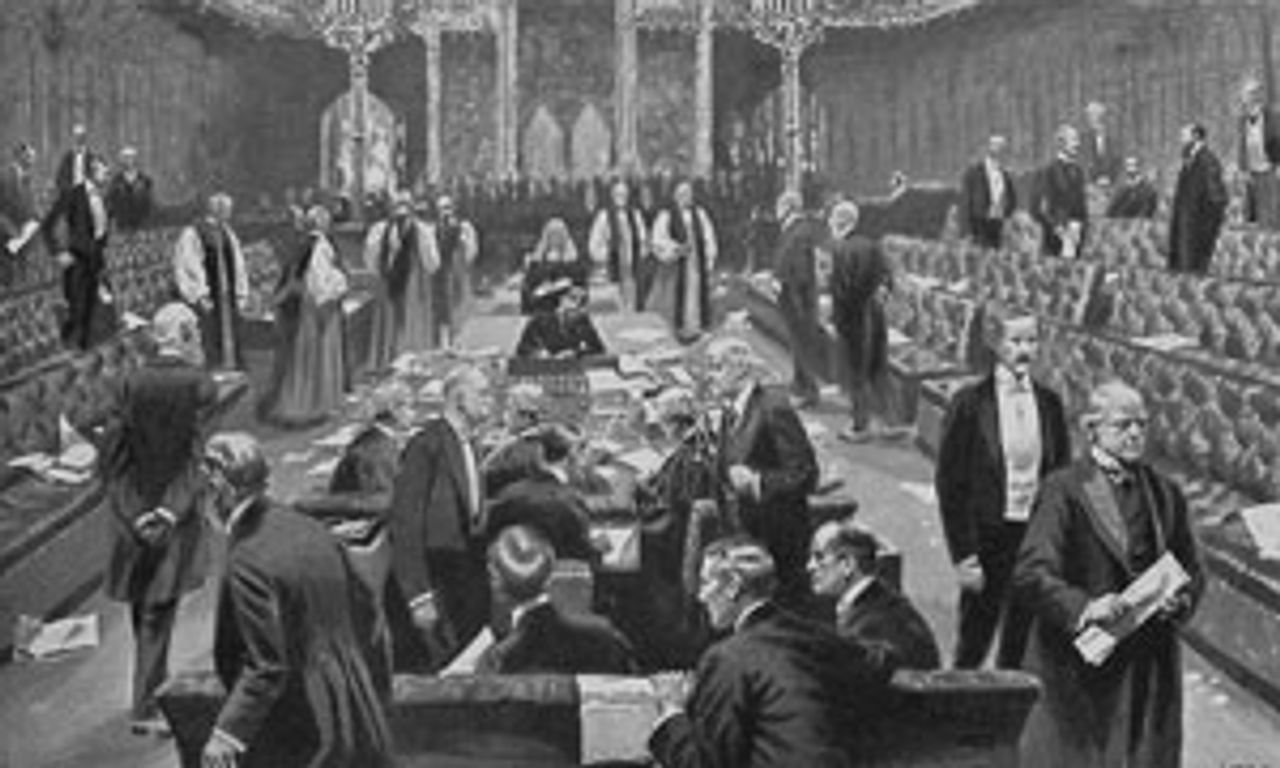This Week in History provides brief synopses of important historical events whose anniversaries fall this week.
25 Years Ago | 50 Years Ago | 75 Years Ago | 100 Years Ago
25 years ago: Crackdown in Pakistan
 General Zia
General ZiaThis week in 1986 the military regime of Mohammad Zia ul-Haq arrested of hundreds of anti-government activists and political figures, including Pakistan People’s Party leader Benazir Bhutto.
On August 13, Pakistani independence day, security forces used tear gas, clubs, and live ammunition to break up demonstrations in Lahore, killing at least four. Hundreds were wounded in cities across the country. The military arrested Bhutto in her home after she had addressed a rally in Karachi the same day. Bhutto and other opposition leaders were demanding that elections be held before September 20.
The demonstrations were considerably smaller than those Bhutto addressed upon her return from self-imposed exile in April 1986, three months after Pakistani Prime Minister Mohammed Khan Junjeo lifted the martial law decree that had been in place since Zia’s 1977 coup that resulted in the execution of Bhutto’s father, Zulfikar Ali Bhutto. “Instead of masses of people numbering in the tens or hundreds of thousands or tens, the protests were smaller and more sporadic, forming quickly and dispersing just as quickly under police pressure,” the New York Times reported. Bhutto had recently distanced herself from the program of economic nationalization her father had carried out as prime minister in the 1970s.
The Reagan administration issued a perfunctory statement expressing its “regret” over the crackdown. Washington was backing the Zia dictatorship with massive military funding, with over $4 billion budgeted for 1987. Pakistan was being used to funnel money and arms to the Islamist elements fighting the Soviet army in Afghanistan, among them Osama bin Laden.
50 years ago: German Stalinists enforce division of Berlin
 Construction of the Berlin Wall
Construction of the Berlin WallOn August 14, 1961, the German Democratic Republic (GDR or East Germany), closed down East Berliners’ access to the western part of the city. At first the barrier was made of rope and barbed wire, watched over by police. Construction of the wall began on August 17. Berlin would remain divided until 1989.
The shutdown was total. The 53,000 East Berliners who held jobs in the western portion of the city were unable to go to work that day. Elaborate plans had been put in place to sever the city’s public transportation system, including its subway and elevated train. Authorities in the western part of the city reported that almost no easterners entered that day, as opposed to the 1,500 or more who were arriving daily before the barriers were put up. Two Soviet battle divisions encircled the city to help enforce the travel ban.
Spontaneous protests took place near the city’s 13 police-controlled border crossings. Police used tear gas and water cannons to disperse the crowds. Near the Brandenburg Gate a crowd of some 4,000 West Berlin youth jeered the East Berlin police.
An estimated 3.5 million Germans had fled the GDR since World War II, many of them young workers and professionals seeking better living conditions in the West, equivalent to about 20 percent of the 1961 population.
75 years ago: Spanish Fascists forces unleash “White Terror” on Badajoz
 National troops entered the village of Guareña (Badajoz),
National troops entered the village of Guareña (Badajoz),in September 1936
On August 14, 1936, after a fierce battle, the Spanish fascist forces of General Francisco Franco conquered the town of Badajoz, which is located near the border with Portugal. They then proceeded to unleash such barbarism upon the workers of the town that Lieutenant Colonel Juan Yagüe became known as the “The Butcher of Badajoz.” Yagüe ordered thousands killed, including wounded men in the hospital.
In early August 10,000 Spanish troops had been airlifted from Morocco into southern Spain through the combined efforts of Nazi Germany and Fascist Italy. Under the command of Colonel Carlos Asensio and Major Antonio Castejón, they moved northwards from Seville in a maneuver to link up with General Mola’s forces further north. Equipped with motorized units, they attacked and captured a series of towns on the Spanish-Portuguese border. On August 10, after they had advanced 200 miles up the border, Yagüe arrived to take command. Mérida subsequently fell to the fascists after Republican forces were overwhelmed along the banks of the Guadiana River.
Yagüe moved on Badajoz on August 14 after three days of aerial bombing and heavy artillery fire. The Fascist forces systematically worked their way through the town raping women and killing some four thousand workers. The barbarity rose to a crescendo of executions in the town’s bullfighting ring.
100 years ago: British Lords pass Parliament Act
 Illustration of Lords voting on Parliament Act
Illustration of Lords voting on Parliament Act On August 10, 1911, the United Kingdom’s House of Lords approved the Parliament Act of 1911, which increased the power of the House of Commons by sharply circumscribing the Lords’ ability to veto bills. The measure passed 131-114, with more than 300 Lords refusing to participate in the vote. The bill reduced the powers of the upper house of parliament to the weakest point since Oliver Cromwell’s victory in the English Civil War in 1649, when the Lords had been briefly abolished as a body “useless and dangerous to the people of England.”
A medieval institution—both in its origins and its anti-democratic character—the House of Lords was comprised primarily of members of the landed gentry and bishops of the Church of England. The majority of the peerages were hereditary, while others were lifetime appointees of the monarch. The Lords were not subject to elections, and, until the Parliament Act, they could block bills emerging from the elected House of Commons.
Matters came to a head in 1909 when the Lords vetoed the “people’s budget” of Liberal Prime Minister H. H. Asquith and Chancellor of the Exchequer David Lloyd George. The budget aimed to fund reformist measures in part by levying a “land tax” on large estates. The Liberals campaigned successfully against the Conservative Unionists in 1910 and 1911 on the issue.
